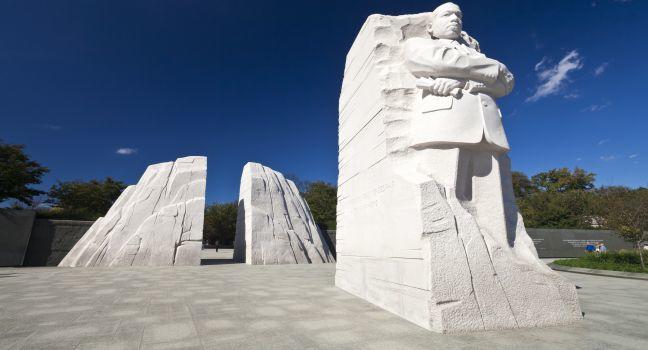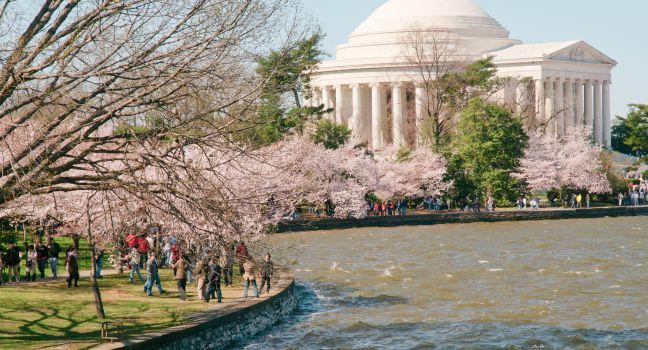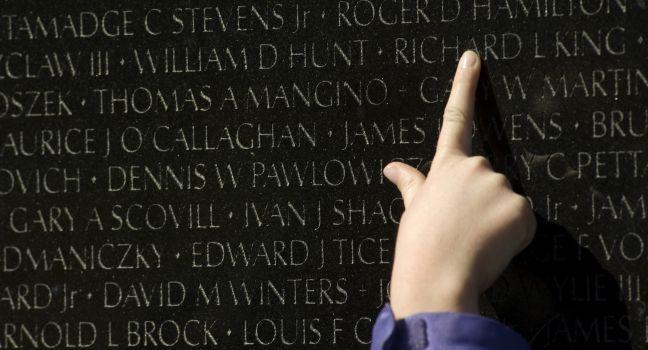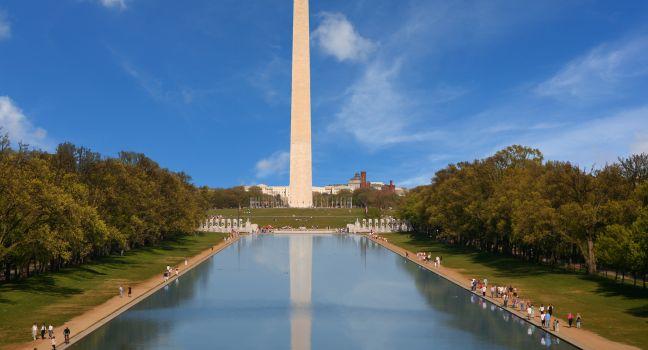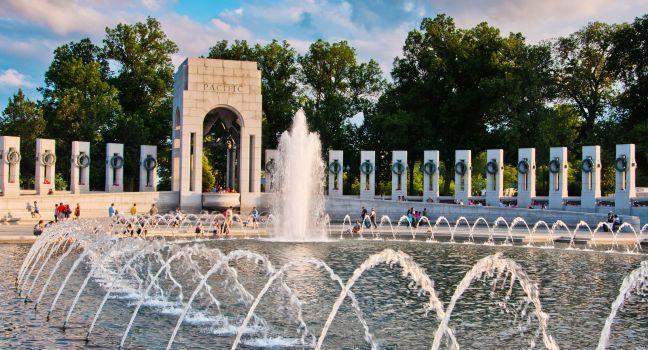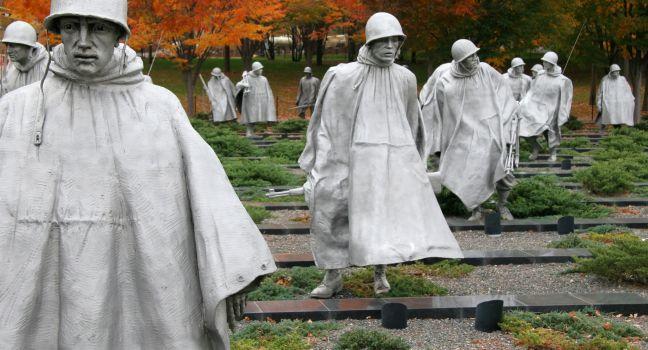Lincoln Memorial
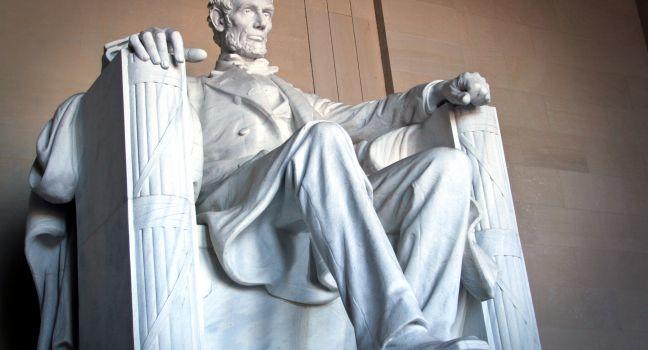
Daniel Chester French's statue of the seated president gazing out over the Reflecting Pool may be the most iconic on the Mall. The 19-foot-high sculpture is made of 28 pieces of Georgia marble. The surrounding white Colorado-marble memorial was designed by Henry Bacon and completed in 1922. The 36 Doric columns represent the 36 states in the Union at the time of Lincoln's death; their names appear on the frieze above the columns. Over the frieze are the names of the 48 states in existence when the memorial was dedicated. At night the memorial is illuminated, creating a striking play of light and shadow across Lincoln's face. Photography enthusiasts will find great light during dawn and dusk. Given the afternoon crowds, sunrise may be a great bet.
Two of Lincoln's great speeches—the second inaugural address and the Gettysburg Address—are carved on the north and south walls. Above each is a Jules Guerin mural: the south wall has an angel of truth freeing an enslaved person; the unity of North and South is opposite.
The memorial's powerful symbolism makes it a popular gathering place. In its shadow, Americans marched for integrated schools in 1958, rallied for an end to the Vietnam War in 1967, and laid wreaths in a ceremony honoring the Iranian hostages in 1979. It may be best known, though, as the site of Martin Luther King Jr.'s "I Have a Dream" speech.
